Imagine a crisp autumn morning: the woods are alive with songbirds flitting from branch to branch, their feathers catching the golden sunlight. But hidden beneath this idyllic scene is a wild twist—some of these birds, after feasting on ripe berries, stagger and stumble, their songs slurred, their flights wobbly. The culprit? The berries themselves, or more precisely, the alcohol that sometimes lurks inside these juicy treats. In a world where nature’s bounty can become nature’s intoxicant, let’s dive into the astonishing and sometimes hilarious world of birds getting accidentally smashed by berries.
The Sweet Temptation of Wild Berries
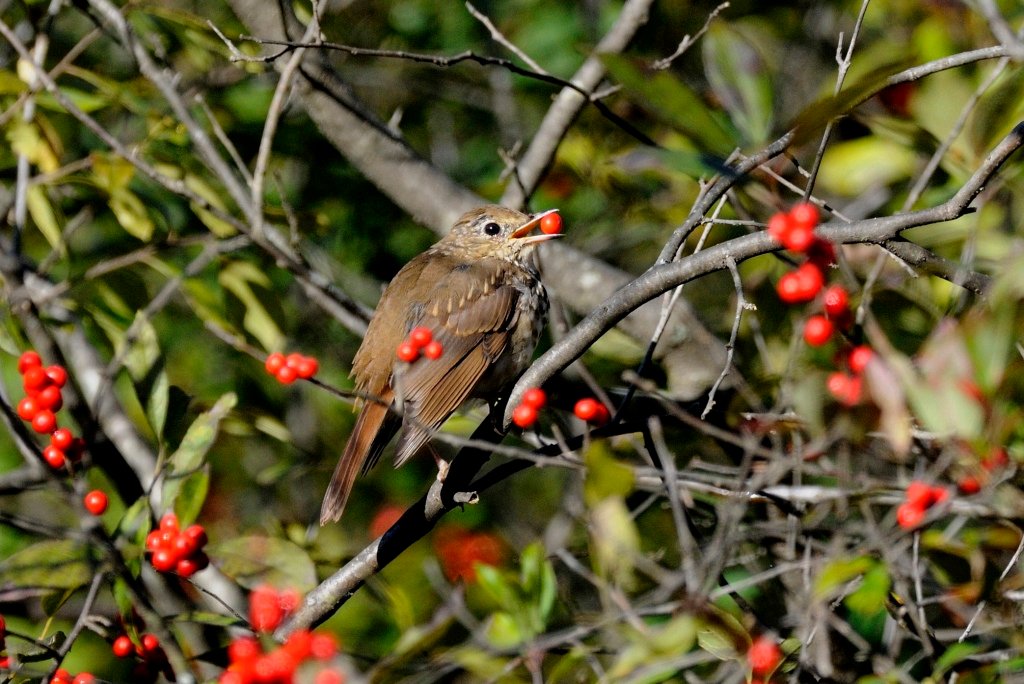
Berries are a lifeline for many songbirds, especially as summer wanes and insects become scarce. From vibrant viburnum to deep-blue elderberries, these fruits are packed with sugars and nutrients. Songbirds, with their quick metabolisms, seek them out with laser focus. These berries provide not just energy but hydration, and birds often compete fiercely for the ripest pickings. The allure is impossible to resist, especially as migratory birds prepare for arduous journeys. Yet, this irresistible feast sometimes hides an unexpected hazard. As berries overripen, their sugars begin to ferment, quietly transforming a nutritious snack into a boozy surprise.
Fermentation: Nature’s Hidden Alchemy
When berries linger on the bush too long, yeasts—tiny, invisible fungi—begin to work their magic. They convert sugars into alcohol, a process called fermentation. Warm, damp weather can accelerate this transformation, turning a patch of ordinary fruit into a natural distillery. The alcohol content isn’t always high, but for a tiny songbird weighing just a few ounces, even a minuscule amount can have outsized effects. This transformation is entirely natural, and it happens worldwide, from the forests of North America to the jungles of Asia. The phenomenon is so common that scientists have studied which berries ferment most readily and how local wildlife responds.
How Songbirds Get Accidentally Drunk
The process of accidental intoxication starts innocently enough. A hungry bird, perhaps a cedar waxwing or a robin, spots a cluster of glistening berries and gobbles them down. Within minutes, the alcohol begins to circulate in their bloodstream. Birds, unlike humans, have compact bodies and lightning-fast metabolisms, so they feel the effects almost immediately. Researchers have observed birds swaying on branches, missing landings, and even tumbling to the ground after indulging in fermented fruit. It’s a comical sight, but it comes with real risks. Some birds recover quickly, while others may become easy prey or struggle to survive if they overindulge.
Species Most at Risk: Who Gets Smashed the Most?
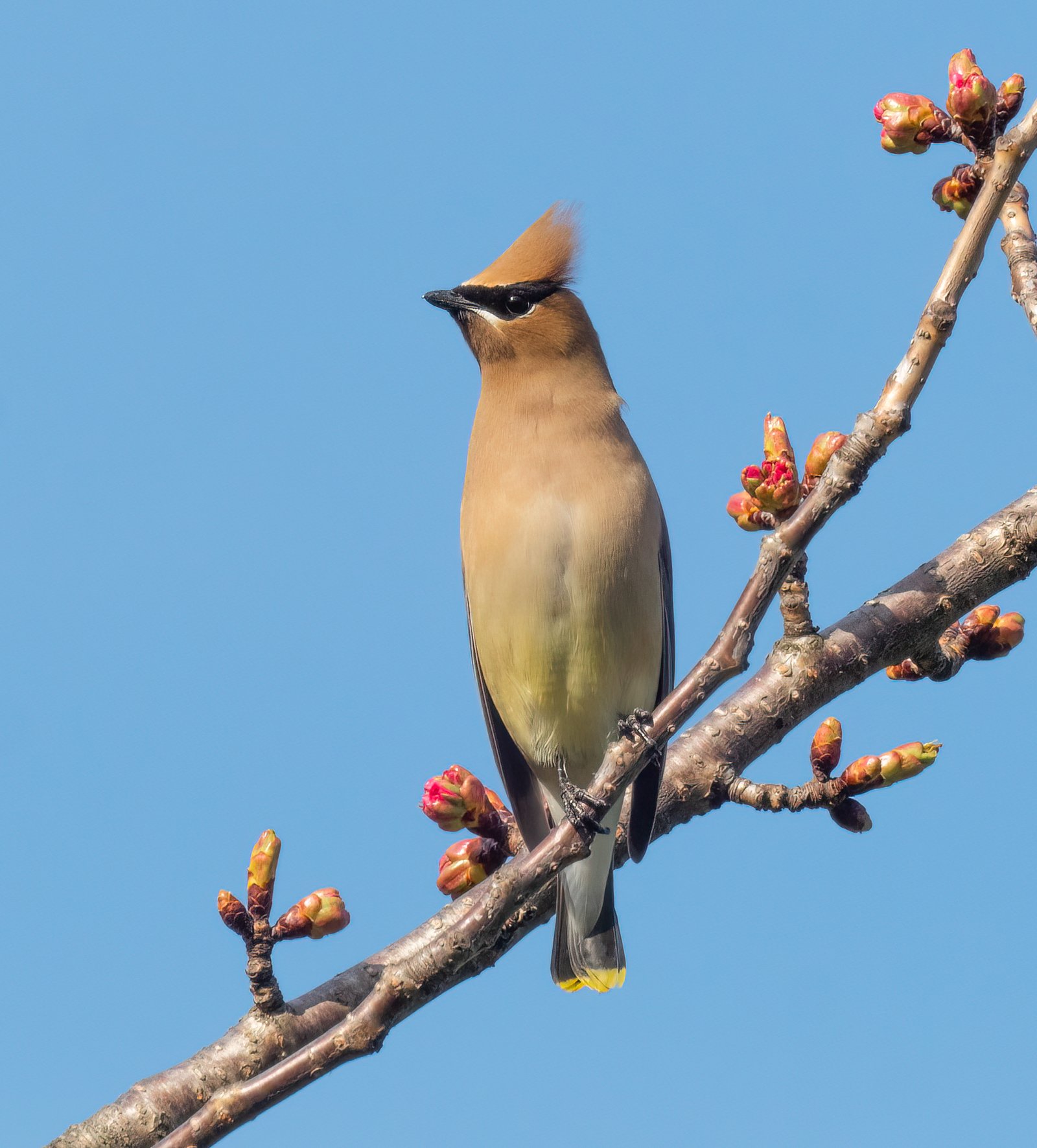
Not all songbirds are equally susceptible to berry-induced inebriation. Cedar waxwings, for instance, are notorious for their berry binges. Their diets consist almost entirely of fruit, especially during migration seasons. Robins, bluebirds, and thrushes are also frequent visitors to berry patches and have been spotted exhibiting drunken behavior. Interestingly, some species seem to have a higher tolerance, perhaps due to evolutionary adaptations. Scientists suspect that birds with diets rich in fruit are more likely to encounter—and cope with—fermented berries, while insectivores and seed-eaters rarely get caught up in this boozy mishap.
Staggering, Slurring, and Singing: The Effects on Bird Behavior
Alcohol affects birds in ways strikingly similar to its effects on humans, but the results can be even more dramatic. A bird who’s had a little too much might sway as it perches, flutter awkwardly, or crash-land onto the forest floor. Some observers have reported birds singing off-key or at odd times, as if their internal clocks are thrown off. These behaviors aren’t just funny—they can be dangerous. Drunk birds become vulnerable to predators, collisions, and exposure. Yet, these mishaps also provide a window into how animals cope with unexpected changes in their environment, revealing nature’s unpredictability.
Real-Life Incidents: When Birds Make the News
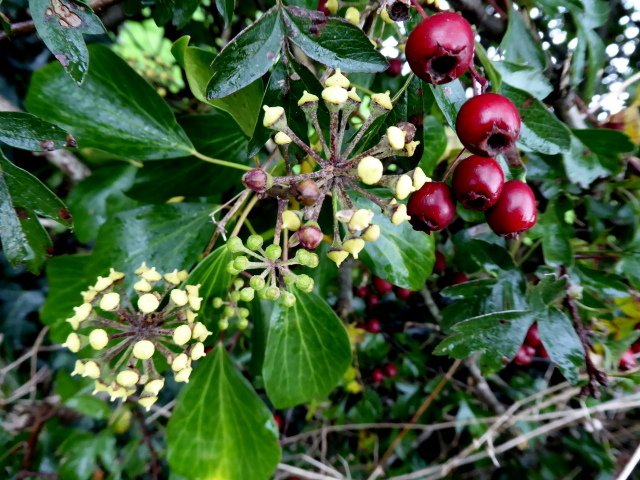
Every year, wildlife rehabilitation centers receive calls about birds behaving strangely. In 2018, a small town in Minnesota was flooded with reports of loopy birds colliding with windows and staggering through gardens. The cause? A late frost had delayed berry ripening, leading to a glut of fermenting fruit just as the birds arrived. Local police even issued a statement reassuring residents that the birds would sober up soon. Similar stories have surfaced from Alaska to the UK, each one a reminder of nature’s sense of humor—and its hidden hazards.
The Science Behind Bird Intoxication
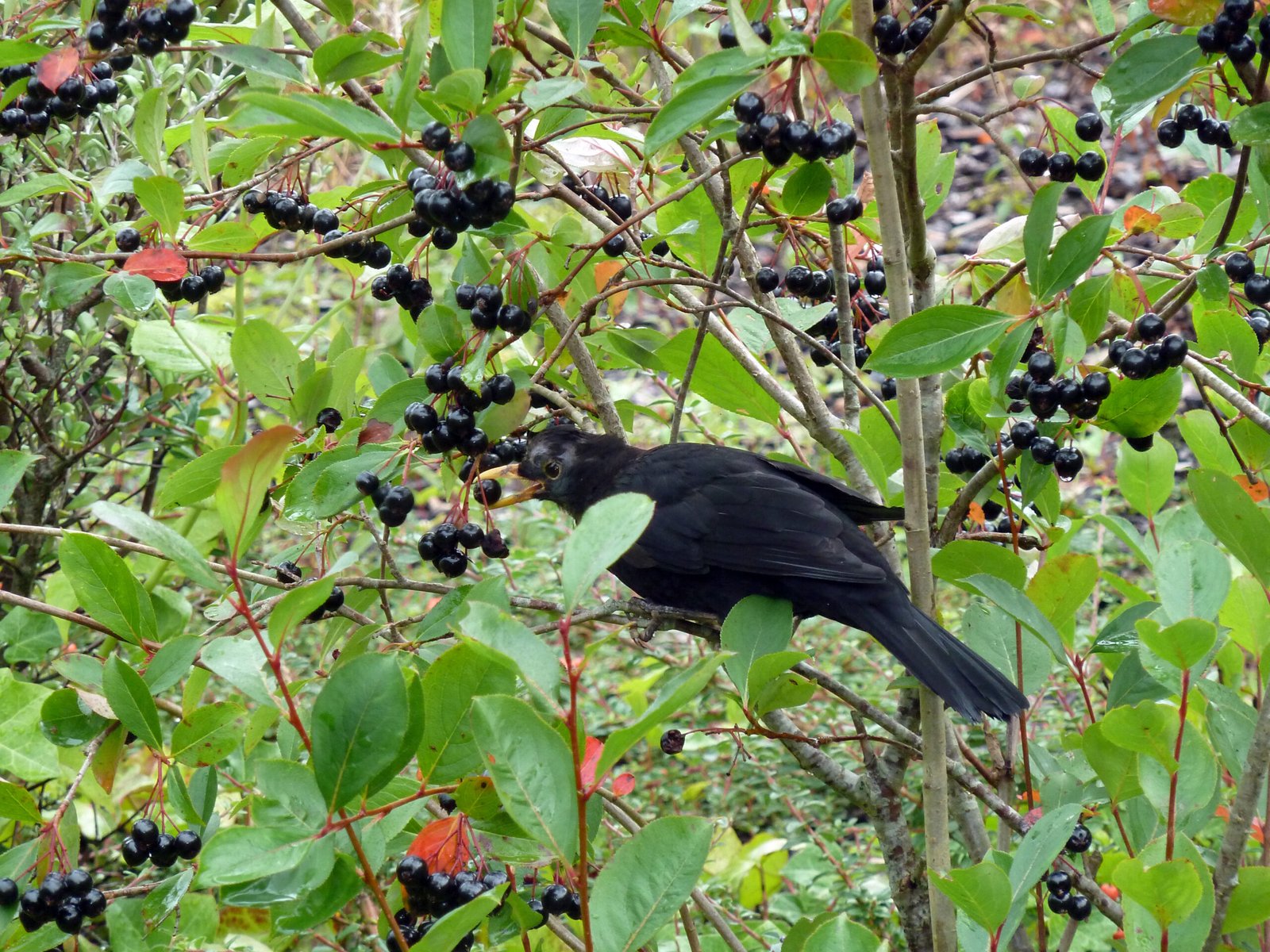
Scientists have begun to unravel the biology behind avian intoxication. Because birds process food so quickly, alcohol hits their systems faster than in mammals. Their livers can break down small amounts, but high doses overwhelm these tiny organs. Some studies suggest that birds have developed enzymes to help metabolize alcohol, especially in species that eat a lot of fruit. Other researchers are exploring whether birds learn to avoid fermented berries after a bad experience, or if the risk is simply part of the feast-or-famine cycle of wild living.
Evolutionary Perspectives: Is There an Advantage?
It might seem dangerous for birds to eat something that impairs them, but scientists wonder if there’s an upside. Some birds may have evolved to tolerate low levels of alcohol as a way to access food others avoid. In harsh conditions, even fermented berries are better than nothing. There’s also evidence that alcohol can help preserve berries, prolonging their availability during lean times. Over generations, birds that can handle the occasional tipple may have a survival edge, turning a risky snack into an evolutionary advantage.
Berry Types and Their Fermentation Potential
Not all berries are created equal when it comes to getting birds drunk. Some, like mountain ash and wild cherries, are notorious for fermenting quickly. Others, such as holly berries, contain compounds that inhibit yeast growth, reducing the risk. The sugar content, size, and skin thickness all play a role in how fast and how much alcohol forms. Environmental factors like temperature and humidity also matter; a warm, wet autumn can turn an ordinary berry patch into a party zone for unsuspecting birds.
The Role of Climate and Weather Patterns
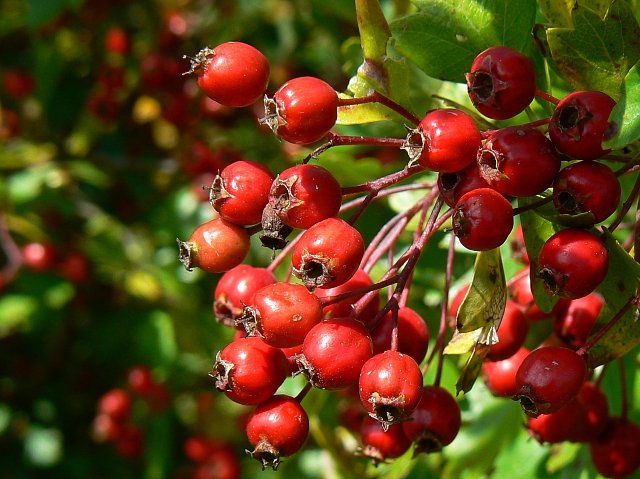
Global climate change is subtly shifting the dynamics of berry fermentation. Warmer temperatures can stretch the growing season, leading to more overripened fruit. Sudden frosts followed by warm spells can create a glut of soft, fermenting berries just as migratory flocks arrive. This unpredictable timing increases the likelihood of mass intoxication events. Scientists are watching these patterns closely, as changing weather could make drunken bird episodes more frequent—or more severe—in the years ahead.
Birds and Berry Plants: A Perplexing Relationship
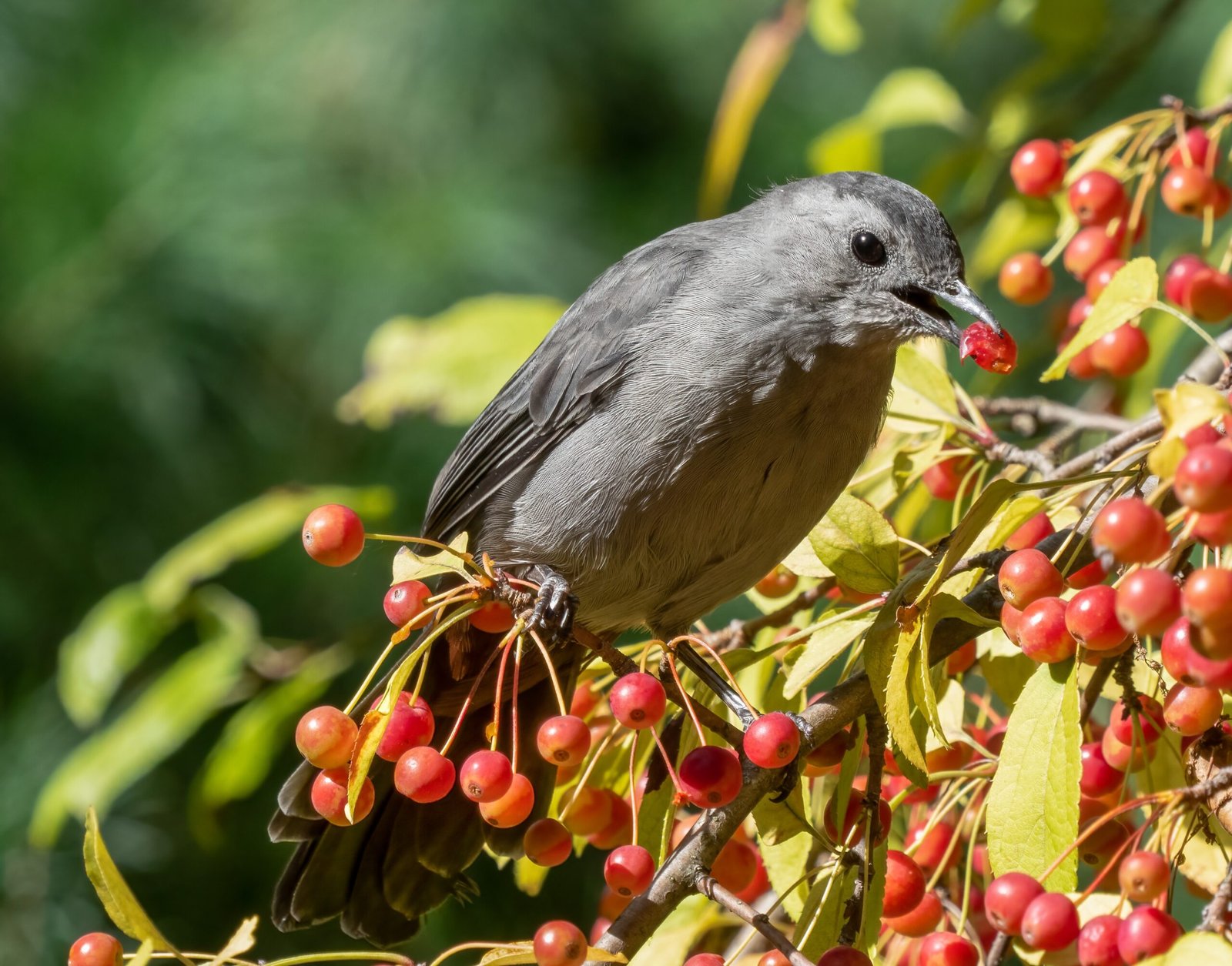
The relationship between birds and berry plants is a fascinating dance. Birds depend on berries for food, but in return, they help spread the seeds far and wide. When birds eat the fruit, they often carry seeds miles away before excreting them, ensuring the plant’s continued survival. However, if a bird becomes too tipsy, it may drop seeds in less than ideal spots or fail to disperse them at all. This complex interplay shapes forests, fields, and gardens, linking the fate of plant and animal in subtle, surprising ways.
The Dangers Birds Face While Intoxicated
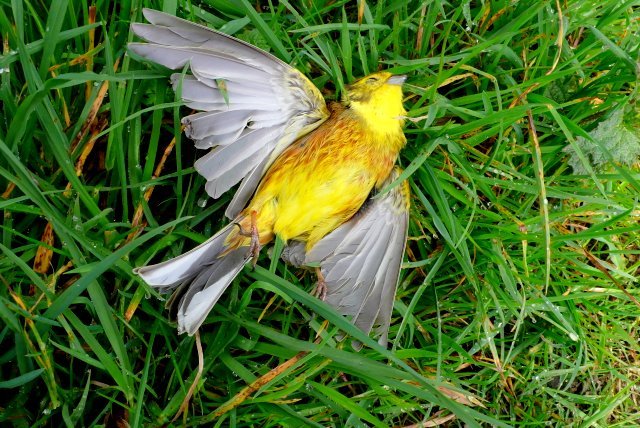
Drunk birds are easy targets for predators. Owls, hawks, and even domestic cats can take advantage of their slowed reflexes. Intoxicated birds are also prone to accidents: window strikes, car collisions, and falls from trees are all more common when alcohol is involved. For some, a single misstep can be fatal. Rehabilitation centers often care for birds suffering from these mishaps, offering fluids and warmth until the effects wear off. While many birds recover, some never regain their full strength.
Do Birds Learn to Avoid Fermented Berries?
One of the most intriguing questions is whether birds can learn from experience. Some evidence suggests that after a bad encounter, birds may avoid certain berry patches, relying on taste or smell to steer clear. However, the lure of easy calories often overrides caution, especially during migration or before winter. Young birds, with no prior experience, are especially vulnerable. Over time, repeated exposure might teach some birds to be more discerning diners, but for many, the risk remains a recurring part of life.
Human Impact: How Our Gardens and Habits Play a Role
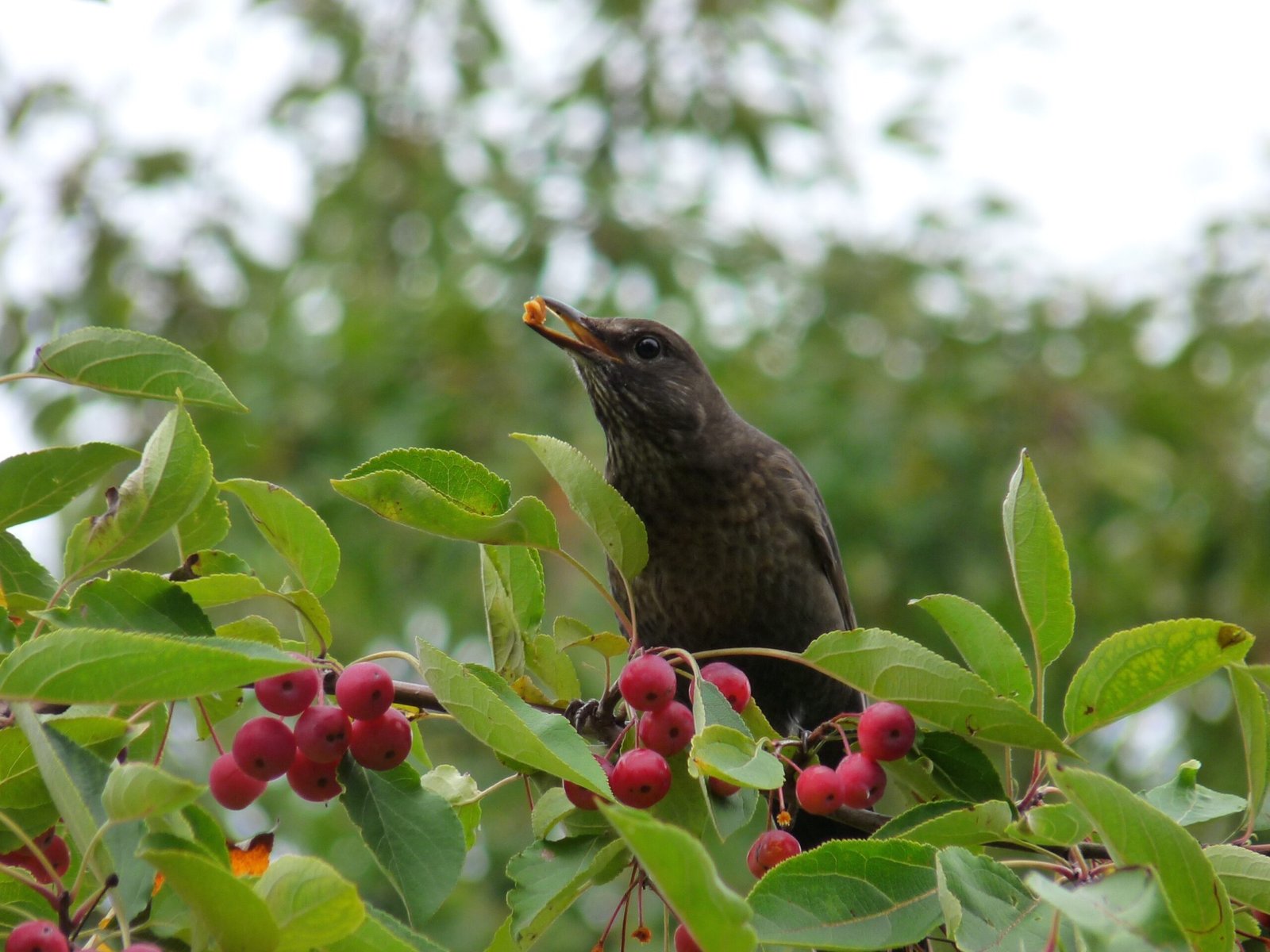
Humans have a surprising influence on this natural drama. By planting berry bushes in yards and parks, we create easy feeding grounds for songbirds. However, pruning schedules, fertilizer use, and even bird feeders can affect which berries ripen and when. In some cases, leftover fruit on ornamental plants becomes a hidden hazard. People can help by picking overripe fruit, planting native species, and keeping cats indoors during peak berry season. Our choices can tip the balance between feast and fiasco for local songbirds.
Wildlife Rehabilitation: Saving Smashed Songbirds
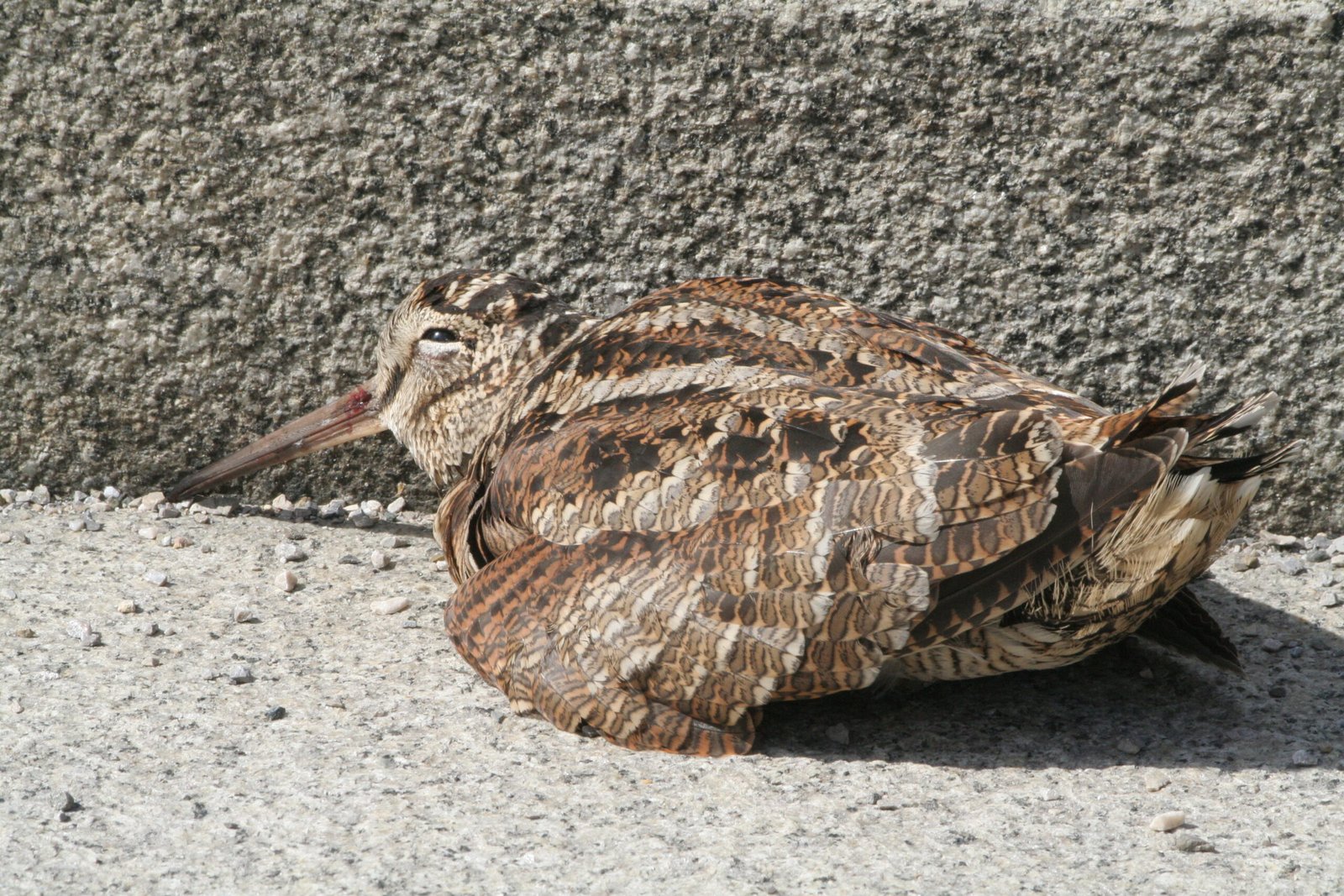
When birds become incapacitated, wildlife rehabilitators step in to help. They gently warm and hydrate affected birds, monitoring for injuries and giving them time to recover. Most birds bounce back within hours, but some need extra care. These dedicated individuals play a crucial role in protecting at-risk populations, especially during mass intoxication events. Their experiences also offer valuable insights into how widespread the problem is and which species are most affected.
International Incidents: A Global Phenomenon
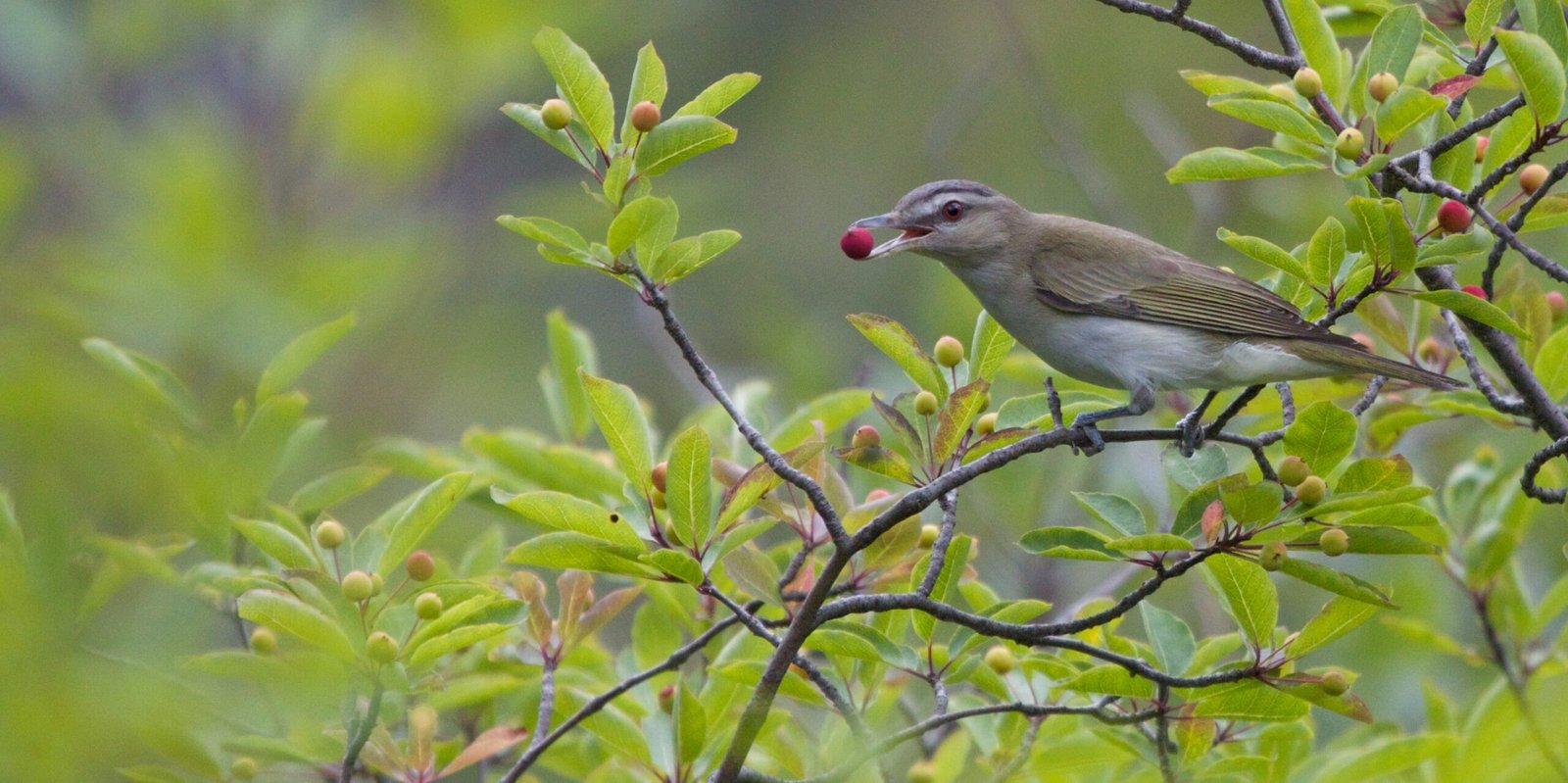
Drunk birds aren’t just a North American oddity. In Europe, waxwings have been found staggering through snowy towns, while in Australia, lorikeets collapse beneath flowering trees after feasting on fermented nectar. These incidents highlight how universal the challenge is. Wherever fruit ripens and birds gather, the risk exists. Researchers around the world are sharing notes and data, hoping to better understand—and maybe predict—future outbreaks.
Adaptations: How Birds Might Cope Over Time
Some scientists believe that birds may be slowly adapting to this recurring hazard. Over generations, populations exposed to regular bouts of fermented fruit may develop better metabolic defenses. Genetic studies are underway to see if certain enzymes are more common in fruit-eating birds. Behavioral shifts may also occur, with flocks learning to avoid certain areas or switch to alternate foods when fermentation peaks. These adaptations could help songbirds survive in a world where nature’s treats sometimes turn treacherous.
Lessons from the Animal Kingdom
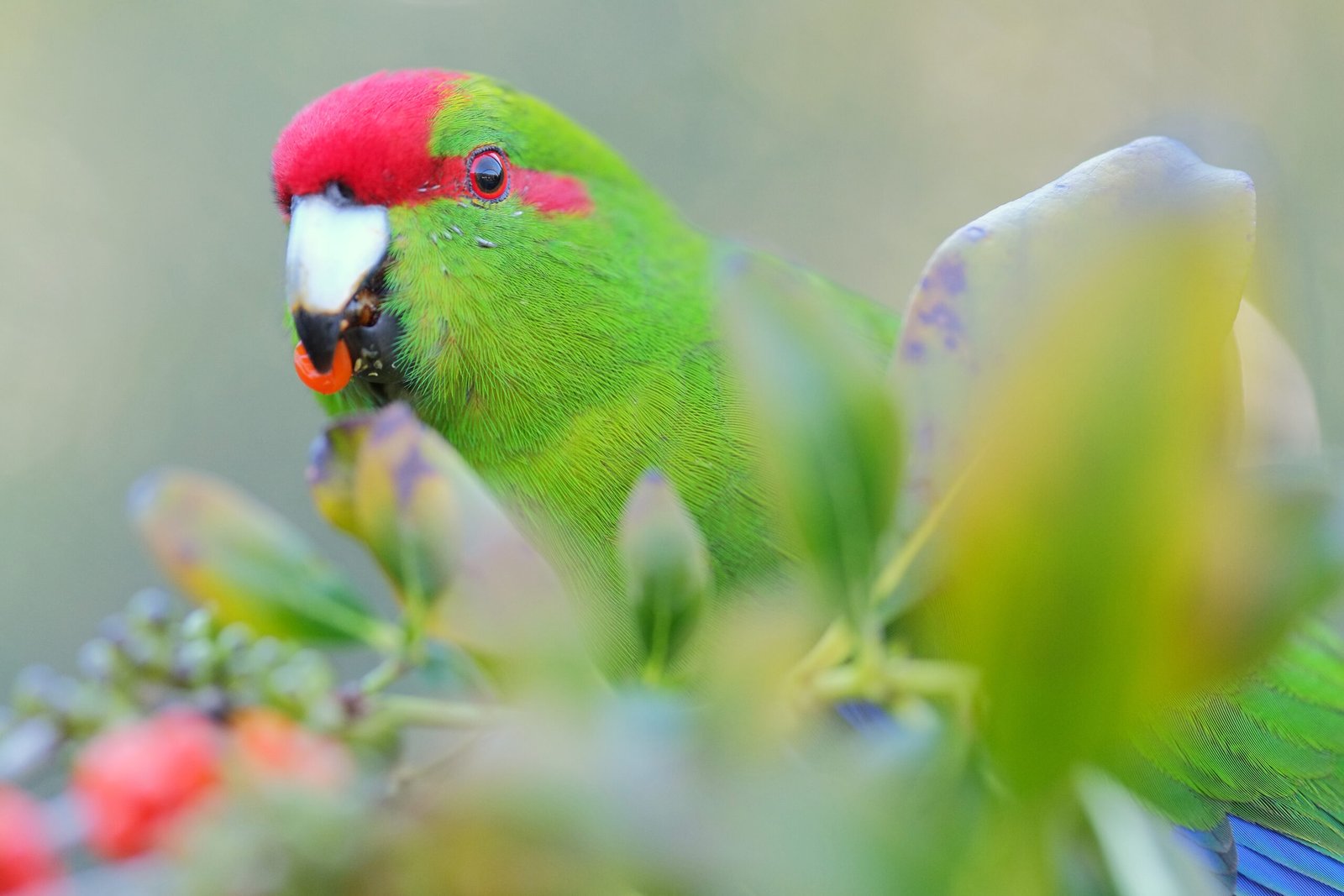
Birds aren’t the only animals to be caught off guard by fermenting fruit. Elephants, monkeys, and even moose have been spotted acting tipsy after eating overripe fruit. These stories remind us that the boundary between food and intoxicant can be thin in the wild. For songbirds, the risks are immediate and sometimes deadly, but the underlying lesson is one of resilience. Nature is full of surprises, and animals must constantly adapt to changing conditions, even when those changes are as unexpected as a drunken stumble.
How You Can Help Protect Songbirds
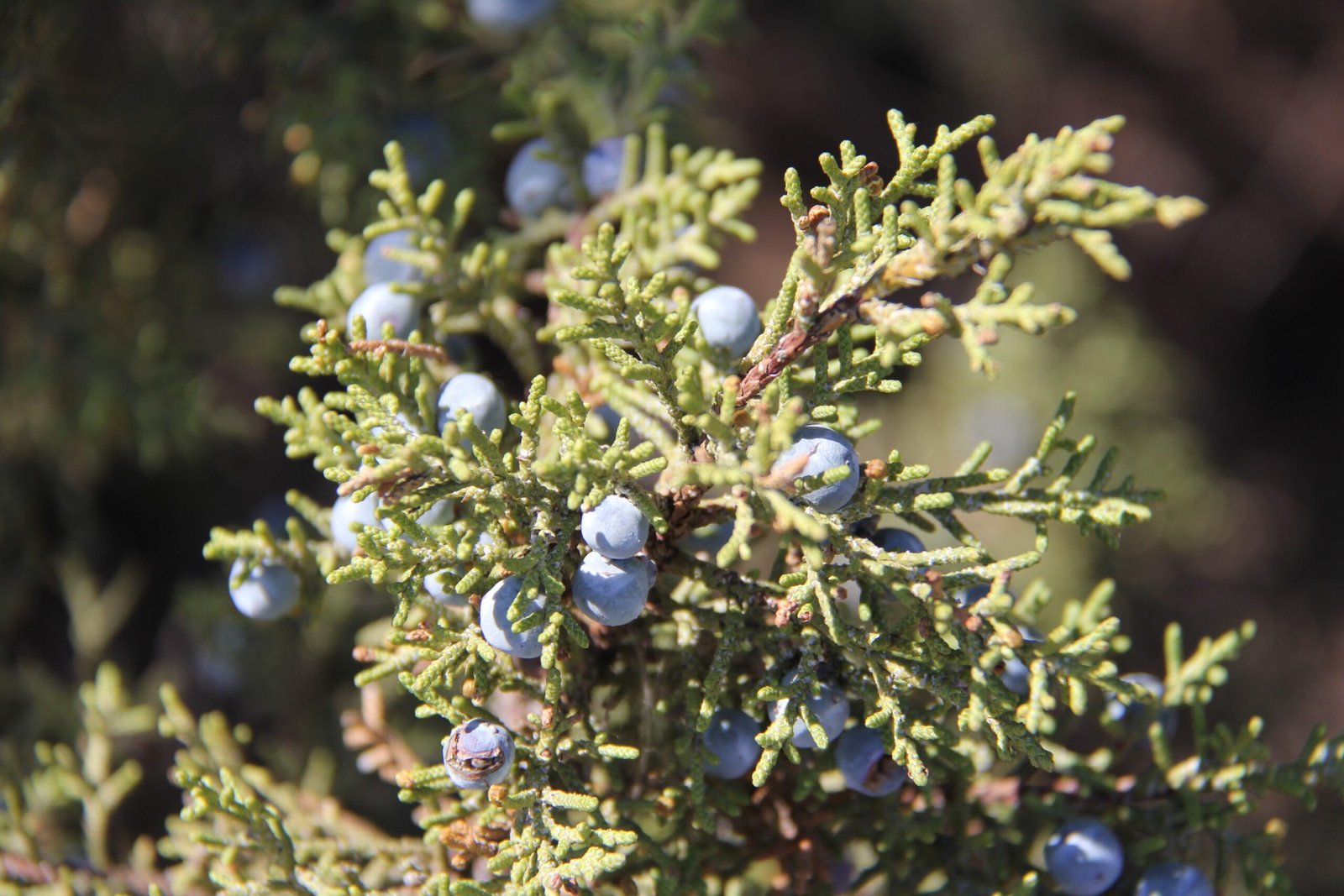
If you want to lend a hand, there are simple steps you can take. Keep your garden tidy by removing fallen and overripe fruit, especially during migration seasons. Choose native plants that fruit at different times, reducing the risk of a sudden berry glut. Support local wildlife rehabilitation centers that care for injured or intoxicated birds. Educate friends and neighbors about the issue, spreading awareness and understanding. Every small action helps ensure that the next generation of songbirds can enjoy nature’s bounty safely.
The Enduring Mystery of Drunk Songbirds
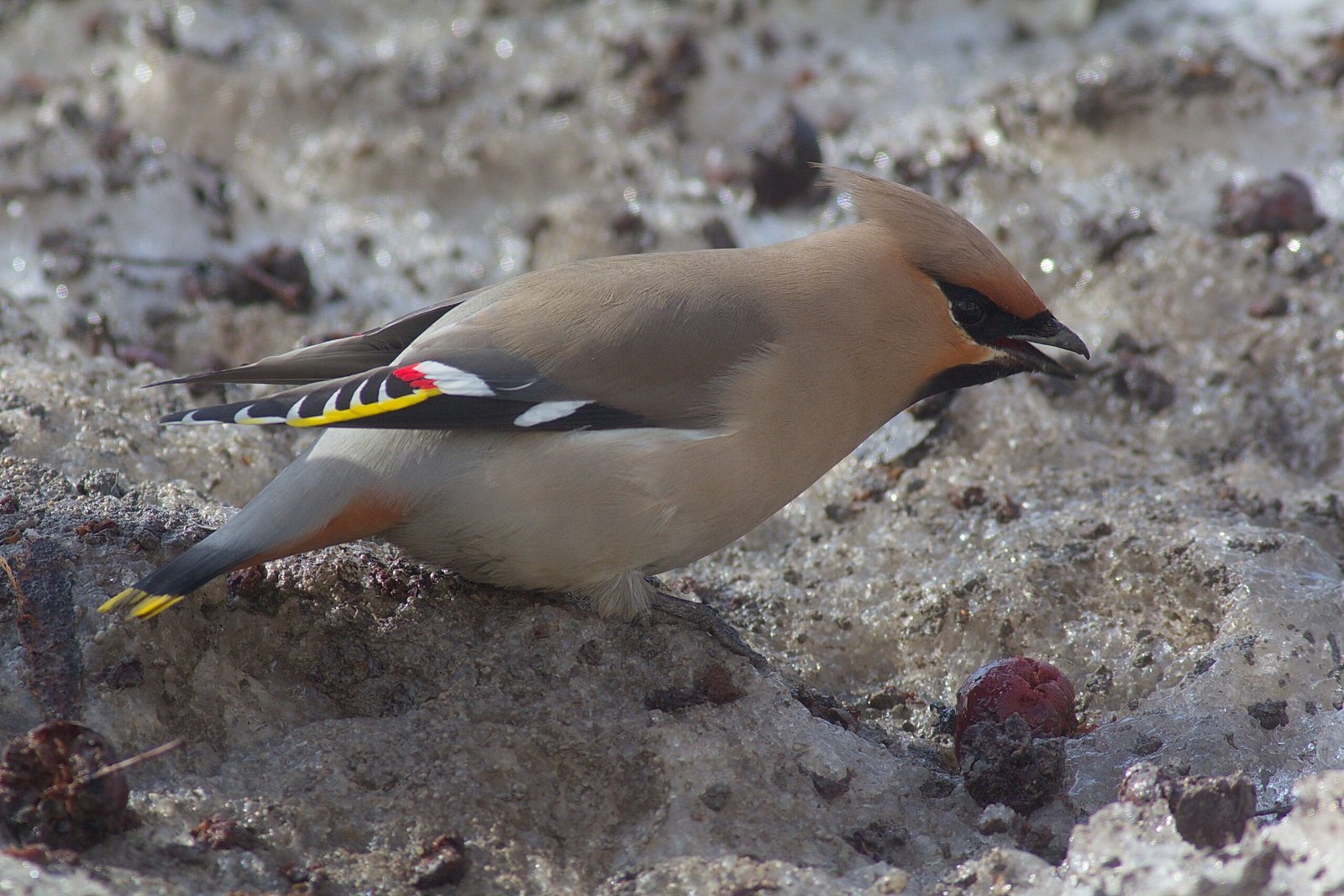
Nature’s unpredictability is perhaps its greatest charm. The phenomenon of birds accidentally getting smashed on berries is a powerful reminder that even the most innocent pleasures can have surprising consequences. As scientists continue to unravel the mysteries of this strange dance between birds and berries, we are left to marvel at the resilience—and vulnerability—of the wild creatures around us. The next time you see a flock of songbirds in your garden, you might just wonder: is their cheerful chatter a sign of good company, or perhaps, a berry-fueled celebration?



